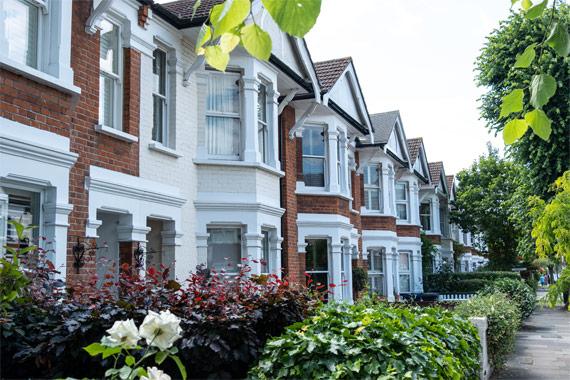The experience of buying a modern new build property will be very different to buying, say a house that is 100 years old, and while there are many pros and cons of each type of house, the choice will really come down to what you are looking for in a home.
The choice is yours
Ultimately, when it comes to choosing between the two types of houses your motivations behind your initial move will usually be the decisive factor. It is important to remember that every house is different and there are always exceptions to the rule.

- There is no housing chain involved. The housing chain can cause lots of stress so buying a new build can make for plainer sailing.
- The environmental effect. Generally speaking older houses are likely to be less efficient. In fact, research from the Zero Carbon Hub predicts that buying a new build could result in annual savings of around 55% on gas and electric bills when compared with an older property.
- Although new builds are often criticised for all looking the same and are built to similar standards and specifications, those specifications are very high which means you can be safe in the knowledge that there will be no nasty surprises waiting for you. When new homes are built they have high requirements to meet for fire safety, energy efficiency, sound proofing, building materials and ventilation, which should provide some peace of mind.
- Many new build properties will be incentivised with generous deals, such as a discounted selling price, an offer of paid stamp duty or free landscaping. Additionally, if your new build home is built in conjunction with the National House Building Council (NHBC) then it will be protected with a 10-year warranty.
- New build houses are ready to move into straight away. With an older property you might need to keep a certain proportion of your budget for re-tiling a bathroom, installing double glazing or insulating a draughty attic, moving into a new build is much more a case of customization rather than renovation and therefore will likely cost you less money.
- Older houses are more likely to have lots of interesting and unique features that might not be commonly found elsewhere, such as unusual structures, period flooring, doors, staircases, chimneys and fireplaces and also basements and attics which are less common in new builds.
- Price. Although the house may need some renovation, as long as the property is structurally sound then you might end up having to pay less money than you would for a new build. This could allow you to find a property for a low value, fix it up and then place it back on the market either to sell for a profit or as a buy-to-let property.
- While it’s true that older properties can be harder to heat, this doesn’t necessarily mean that a new build property is the answer to reducing your carbon footprint. You can improve the energy efficiency of an old home by insulating draughts and attic space, installing double glazing and using carbon saving appliances.
- Location. Whereas modern homes tend to be built on the outskirts of a town on newly developed land, older homes are often in the thick of the city nearby to important amenities like shops and schools.